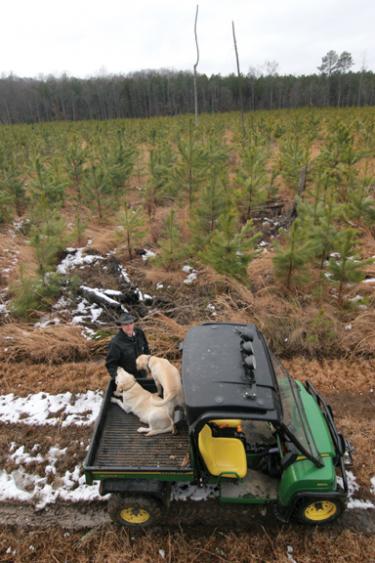What is Restoration?
Forest restoration is the process of bringing your woods back to health. This isn’t a quick fix—it takes planning and patience to create a balanced ecosystem.
“Restoration” may sound like re-creating how your land used to be, but that’s not always what’s best for your land. Restoring your land to health may involve planting trees where there were none, re-establishing a certain mix of tree species, or controlling vegetation where it competes with desirable plants.
Depending on where and how you’re planting a new forest, this part of the process is called afforestation or reforestation.
Afforestation means you’re establishing a forest or stand of trees in a place that was not previously a forest—for example, in a field or on former farmland. This is useful in places where natural disasters (such as drought) or poor management have left the soil vulnerable to erosion or invasive species. Establishing the new stand will improve the soil’s fertility and stability, reduce the potential for weeds and invasives, and potentially provide you with economic benefit too.
Reforestation means reestablishing forest cover where it was removed or destroyed. When a tornado, hurricane or other natural disaster destroys existing stands, reforestation can speed up their recovery and ensure that the right mix of trees grows in your woods.
Whether you’re planning for afforestation, reforestation or a combination of both, you’ll need to decide what to plant and where. Choosing the right plants for your site can make restoring damaged lands easier and more cost-effective.
How can I get more tips?
It’s simple! Enter your email below.

